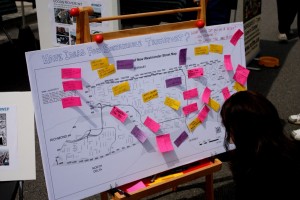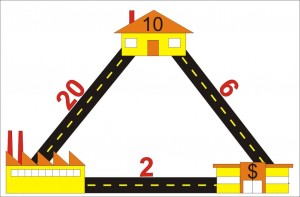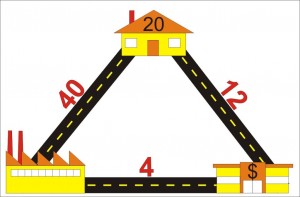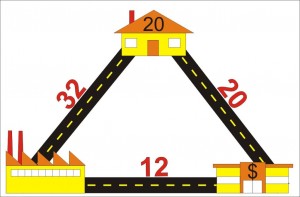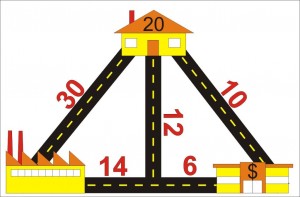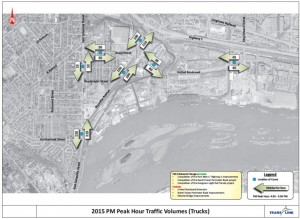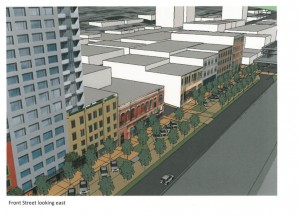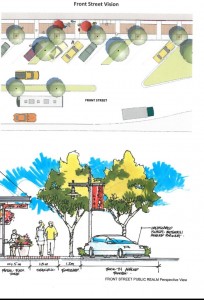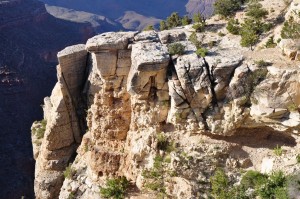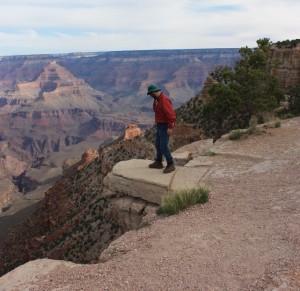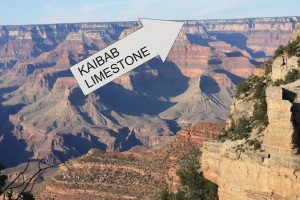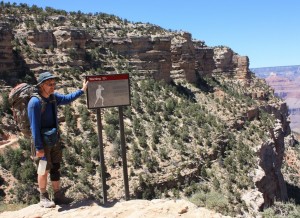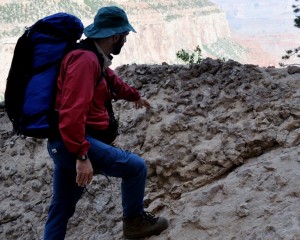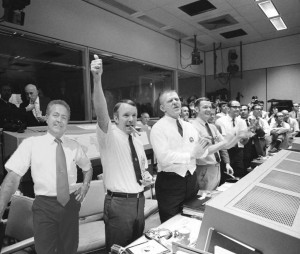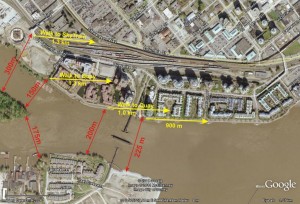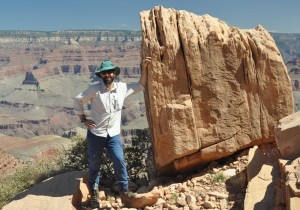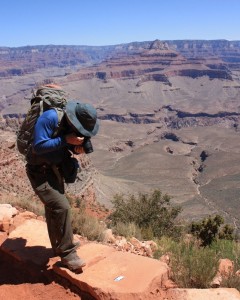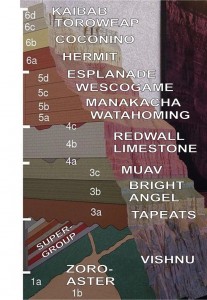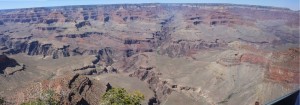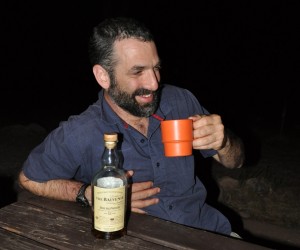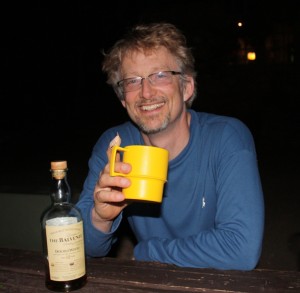I cast my eyes down, shook my head slowly, rested my forehead in my hands, then had to go outside and get some air. It is rare that a politician so profoundly demonstrates her lack of vision, I had to re-calibrate my cynicism.
What caused me this mental distress strong enough that it caused physical distress? It was Christy Clarke’s “Jobs Plan” announcement at Thompson River University.
Someone has to tell Clark that the industrial revolution is over, that we are now in a post-industrial economy, a “knowledge economy” to borrow Moira Stillwell’s campaign plank. The days when BC jobs used to rely on cutting down trees or digging up dirt are gone. There are a lot of places in the world with trees and minerals, most with more relaxed environmental standards, and many with huge pools of uneducated and semi-skilled workers who will cut the tree or dig the dirt for way less money than the average BC worker. We cannot compete with China in the cheap-labour department. Simple supply and demand, and to race the other countries to the bottom for raw material supplier will destroy the “Greatest Place on Earth”. That is not a future of BC I want to see.
If you want to solve unemployment, if you want to build a home-grown knowledge-based economy, if you want entrepreneurs, wealth-generators, people who can develop the products and ideas that the 21st century needs – you need to have an educated workforce. The only government jobs program that has ever really worked long-term is the public education system.
It has the side benefits of being the most effective health-care program, and the most effective crime prevention program. There are few aspects of a post-industrial society that are not directly linked to the education system.
This is why Premier Clark’s announcement filled me with such dismay. She stood up in front of a University crowd and said she wanted to attract more foreign students, because they pay a lot for an education, and that is, like, free money! At a time when our public schools (K-12 and Universities) are feeling space and financial crunches, at a time when she should be sitting down with the teachers union and setting a course for the decade ahead, at a time when our entire school system is suffering for infrastructure development, Clark’s big plan is to take seats in BC schools that BC students increasingly cannot afford, and sell them to the highest overseas bidders.
Christ, she really does hates teachers, doesn’t she?
This is the public education equivalent of cutting down trees to sell the raw logs overseas. The product of chronic short-term thinking. Who are paying for these seats? People from China, Korea, India, Brazil, the Persian Gulf States. What do these countries have in common? Rapidly expanding economies, and the ability to think about the future. They recognize that an investment in education is the fuel to power their economies. These countries are looking forward at what they can do in the next generation, not back at what the last generation should have been. When will BC have the vision to invest it our own education system, so that the students of British Columbia can compete in the world economy with students from abroad?
This is a failure of vision, and a complete absence of leadership, and speaks very poorly for the future of the Liberal Party. This is a party that cannot afford to drift along on it’s past, because it’s past looks much worse through the lens of hindsight. It needs to look forward. The NDP are resurgent, Adrian Dix is politically astute, is almost as telegenic as Christy Clark, and is clearly brighter. Grampa Cummins will slice off a significant number of “Big C” true Conservatives, who always held their nose when voting for Campbell, because he wasn’t a Socialist. If the Liberals want to have a future, they need a vision, they need to start thinking big, or Christy will be back on CKNW in no time.
I mean, how far can you coast on charm?
